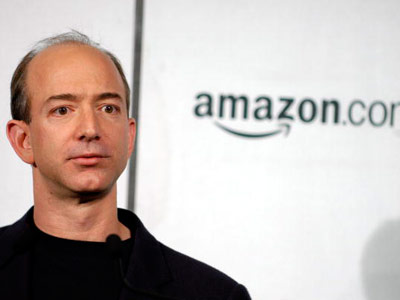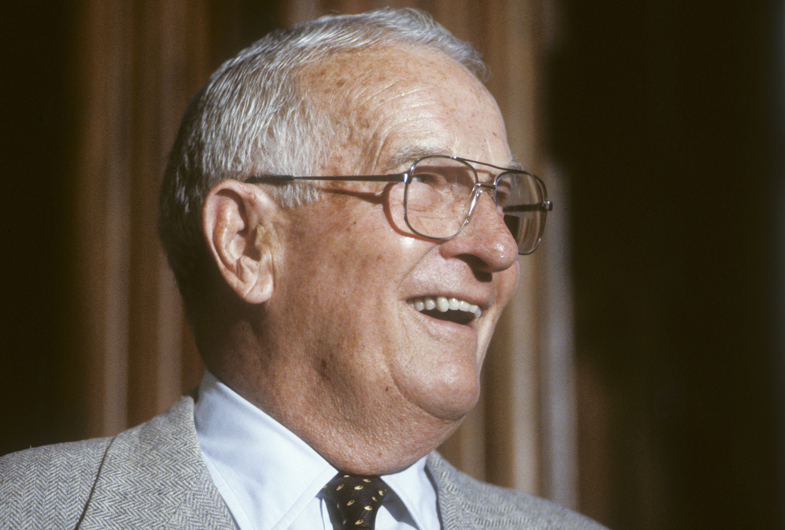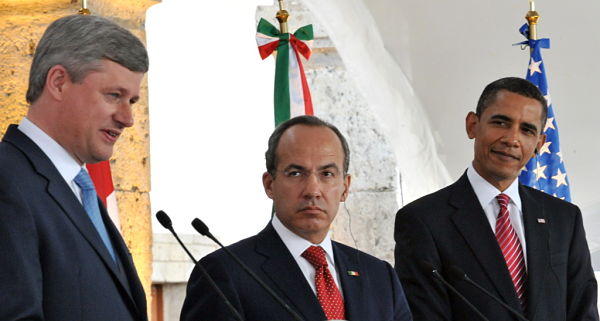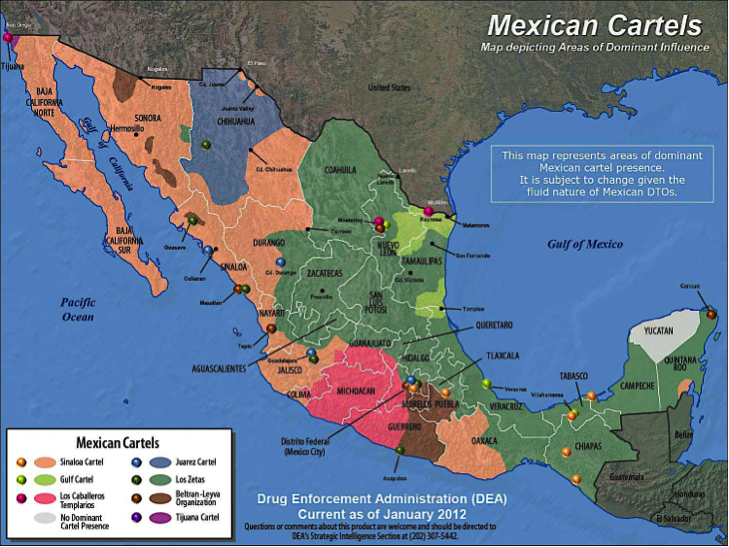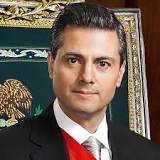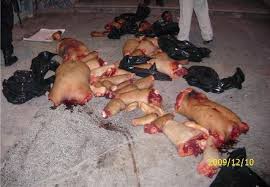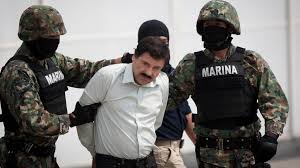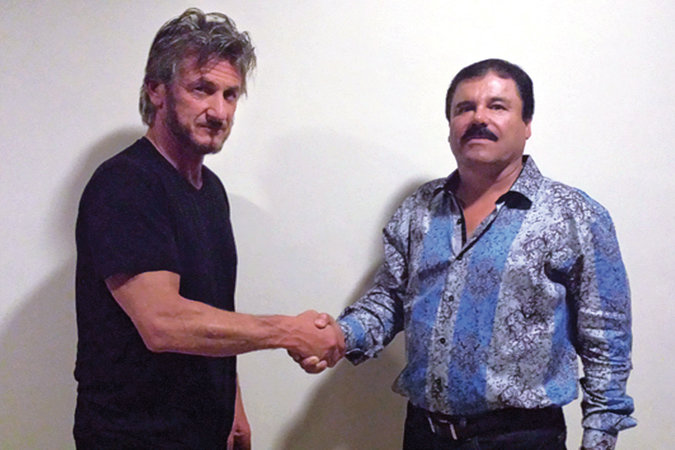 Months ago Mexico’s most notorious Cartel Leader, Joaquin “el Chapo” Guzman Loera escaped from Mexico’s nationally most secure prison and met early in October in the Golden Triangle of Chihuahua, Durango and Sinaloa with the Mexican soap opera star, Kate del Castillo and the Hollywood actor, producer and sometimes journalist, Sean Penn to discuss a biographical film that Guzman had discussed with Castillo and she in turn was the connection to Penn.
Months ago Mexico’s most notorious Cartel Leader, Joaquin “el Chapo” Guzman Loera escaped from Mexico’s nationally most secure prison and met early in October in the Golden Triangle of Chihuahua, Durango and Sinaloa with the Mexican soap opera star, Kate del Castillo and the Hollywood actor, producer and sometimes journalist, Sean Penn to discuss a biographical film that Guzman had discussed with Castillo and she in turn was the connection to Penn.
Looks like el Chapo is ready to be retired as a cartel and media feature. In many ways he is of the bandit variety of national hero in Mexico extending back to Pancho Villa. There are a thousand standing in line to take his place. As long as addiction is a central theme in our country and Mexico’s corruption continues unabated the line of Pancho Villa, Felix Gallardo, Pablo Acosta, etc. continues.
The only new thing I can add is that the drop in oil prices and automation in manufacturing removes the two other, than drugs, central exports of Mexico to earn money: energy and human labor.
The interview which appeared in Rolling Stone received this editorial remark from the NY Times(January 10, 2016):
“But widespread support for Mr. Guzmán’s extradition to the United States, after years of governmental resistance to the move, was an acknowledgment of continued concern about government corruption and weakness.
“It draws the frivolous interest of many people, the story by Sean Penn,” said Enrique Krauze, a prominent historian in Mexico. “But the main point is that we have an immense problem with drugs and crime in Mexico, with impunity and with the lack of the rule of law in the criminal system.”
“The underlying thing is — here is El Chapo, but what about the other protagonists of Mexican impunity and violence, the politicians and police forces that for decades have been their allies and partners?” he added.”
“The government so far has struggled to assert itself through the wave of celebrity fascination and chaos that came after the news of Mr. Guzmán’s arrest. The accounts by officials left many details unclear. Conflicting reports, about who knew what and when, and what intelligence led to the raid that took down Mr. Guzmán, have emerged.
With Mr. Guzmán placed back in the same prison he escaped from last July, the government did release a statement assuring the public that he would be well guarded this time. Some news reports claimed that Mr. Penn and Kate del Castillo, the actress who helped orchestrate the interview, were under investigation, without specifying anything further.
Mr. Penn’s turn as a journalist prompted hard feelings among those who recalled all too well how many Mexican reporters have died covering the drug war. To some, Mr. Penn’s account felt less like journalism than mythmaking, an extension of the Hollywood machine that Mr. Guzmán seemed eager to leverage.
Both the capture and the publication of the interview have fed the persistent international image of Mexico as a nation hopelessly trapped in the vicious tides of a drug war. The kingpins, with their resources, egos and catchy nicknames, never fail to capture the imagination of the world.
That all comes as bad news to people who have been remaking Mexico as something different: a country in the midst of reforms with a more responsive government and a growing center of culture and tourism.
The theatrics also distracted from the nation’s real and persistent problems. Analysts asked why, if the government could hunt down El Chapo, it could not locate 43 students who disappeared from a teachers college in the state of Guerrero. Or why it could not halt the peso’s slide against the dollar, down nearly 20 percent in the past year.”
